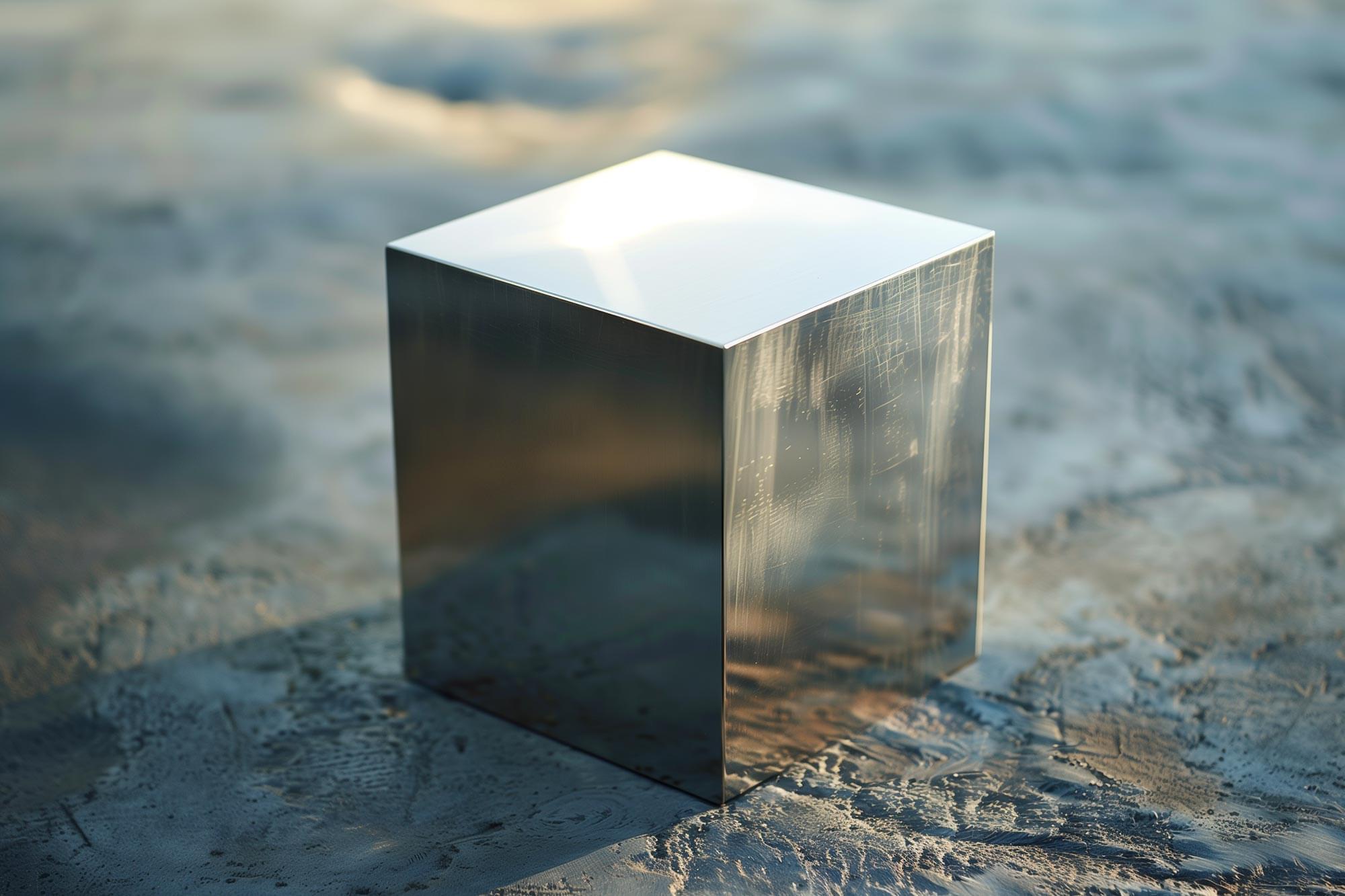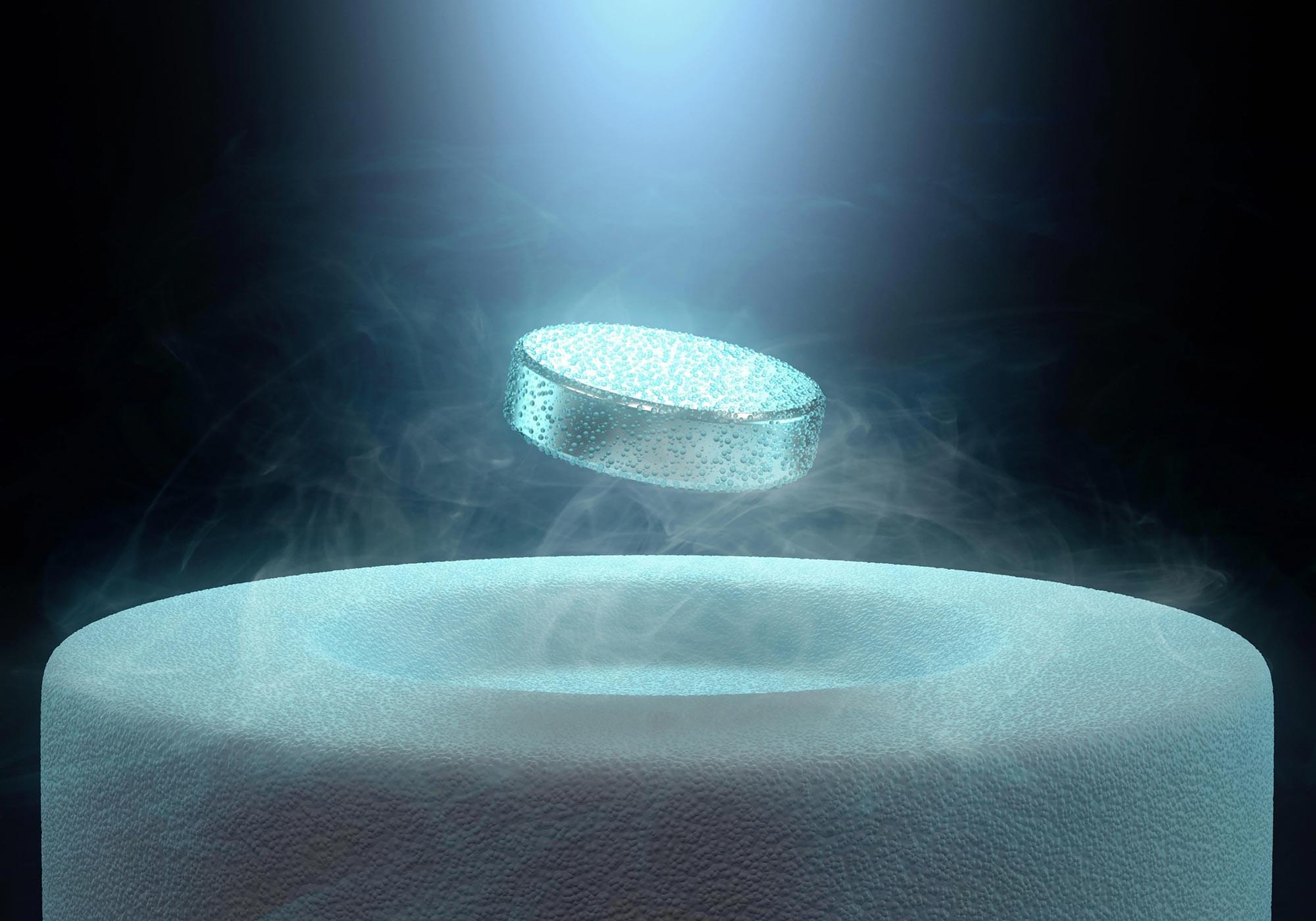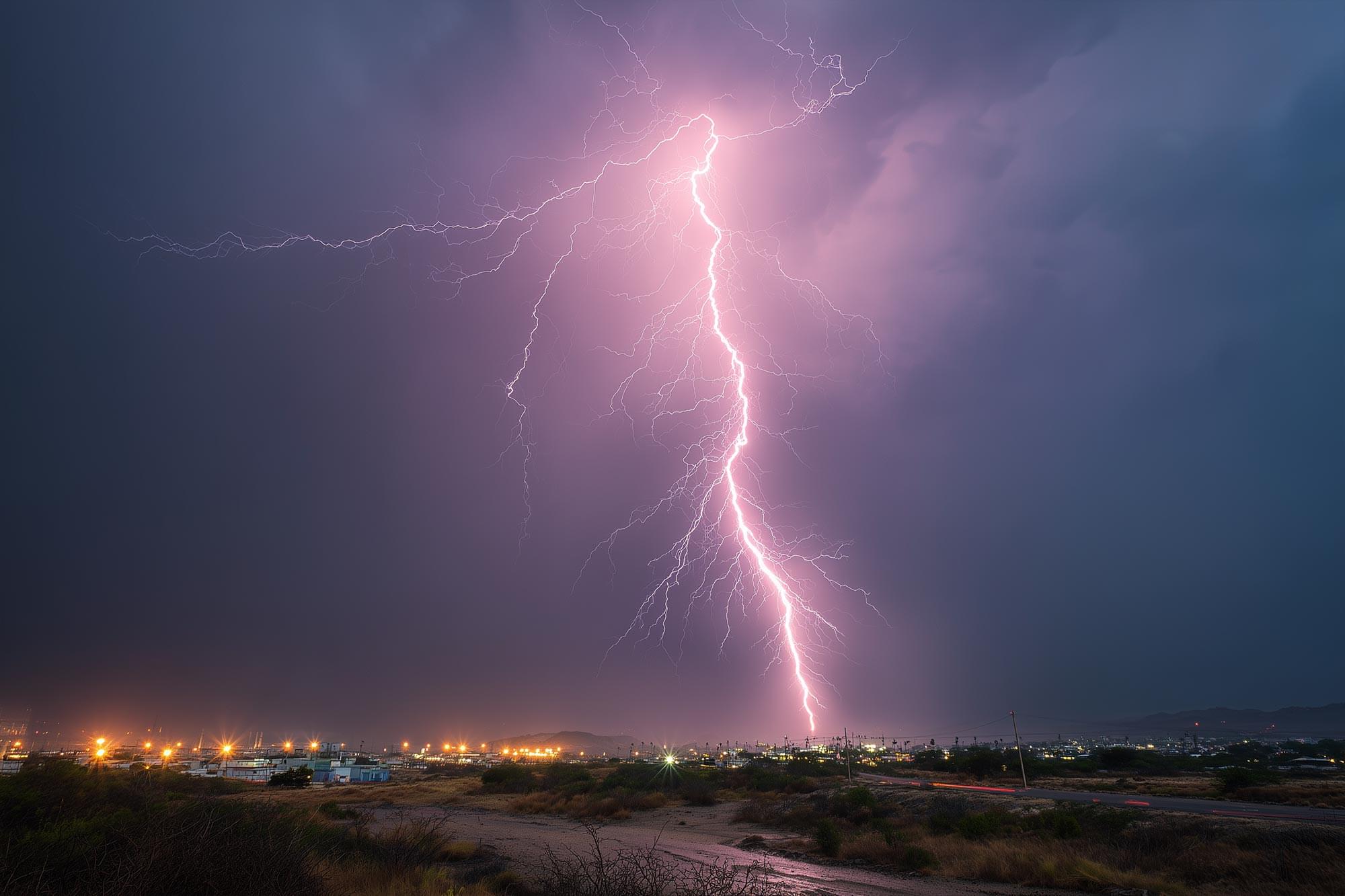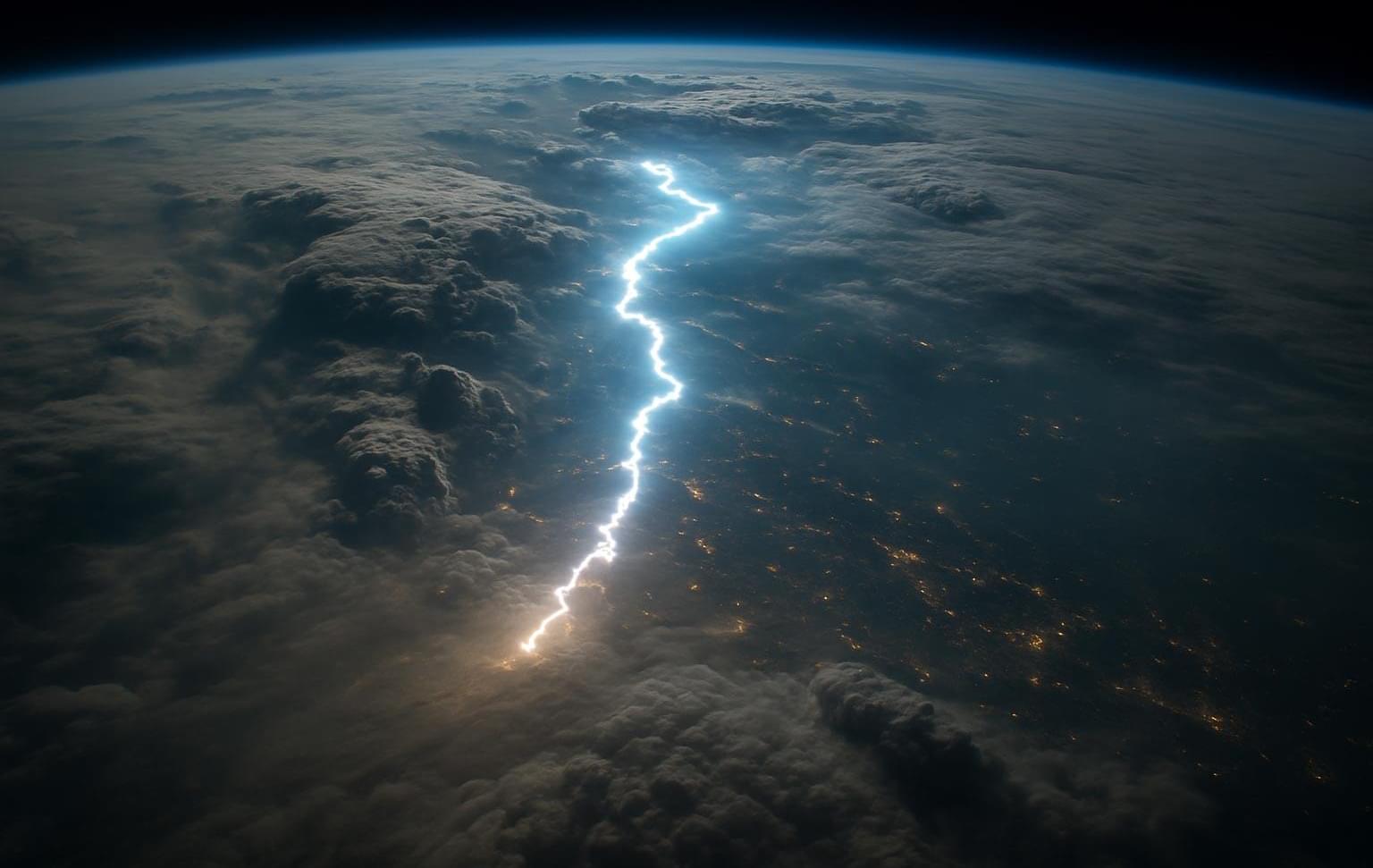The Moon’s surface is constantly exposed to the solar wind, a stream of charged particles emitted by the Sun. These energetic ions can dislodge atoms from the Moon’s outermost rocky layer, contributing to the formation of a very sparse layer of gas around the Moon known as the exosphere. However, the exact mechanism behind the creation of this exosphere has remained unclear.
Researchers at TU Wien, working with international collaborators, have now shown that a major contributing process, sputtering caused by the solar wind, has been greatly overestimated in earlier studies. This discrepancy stems from previous models overlooking the Moon’s actual surface texture, which is rough and porous.
For the first time, the team used original Apollo 16 samples in high-precision laboratory experiments, along with advanced 3D modeling, to calculate more accurate sputtering rates. Their findings are published in Communications Earth & Environment.









